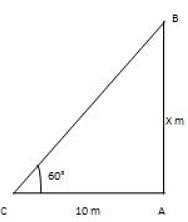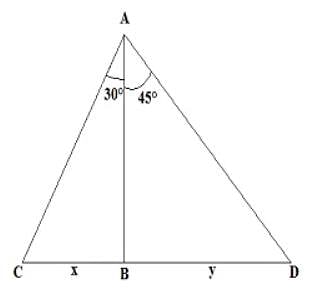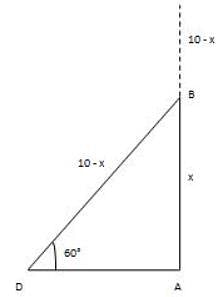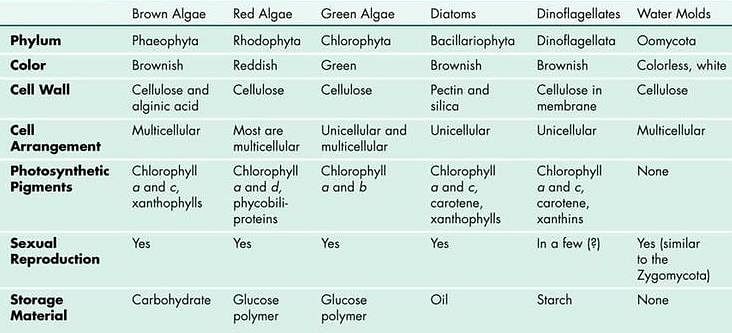DSE Odisha TGT Science CBZ Mock Test - 8 - OTET MCQ
30 Questions MCQ Test DSE Odisha TGT Mock Test Series 2024 - DSE Odisha TGT Science CBZ Mock Test - 8
Which two Union Territories were merged into a single UT?
Koraput, Balangir and Kalahandi have suitable soil and climate conditions for
| 1 Crore+ students have signed up on EduRev. Have you? Download the App |
Which of the following rights are exclusive to citizens of India and not granted to aliens?
The total length of Salandi river is about
The shadow of a building is 10 m long when the point of rise of the sun is 60°. Discover the building's stature.
On the two sides of a road are two tall buildings exactly opposite to each other. The height of the taller building is 60 m. If the angle of elevation from the top of the smaller building to the top of the taller one is 30° and the angle of depression from top of the taller building to the foot of the smaller one is 30°, then find the height of the smaller building.
What is the height of a cylinder with 1232 cm3 volume and 14 cm radius?
An observer 1.6 m tall is 20√3 away from a tower. The angle of elevation from his eye to the top of the tower is 30º. The heights of the tower is:
The stature of a tree is 10m. It is twisted by the wind in a manner that its top touches the ground and makes a point of 60 with the ground. At what range from base did the tree get twisted? (√3 = 1.73)
Which component of the Government of India has the objective of development of children?
‘Choice of challenge’ is a characteristic of which of the following?
Given below are two statements, one leveled as Assertion (A) and the other leveled as Reason (R) :
Assertion (A) - In the integrated system of education emphasis is on ‘fitting’ the child into the system and preparing the child to adjust to the expectations of the classroom.
Reasoning (R) - In the inclusive system of education, an Individualized Educational Plan (IEP) is developed for those students who have special needs.
Answer the following question by selecting the most appropriate option.
The following are the steps in the process of problem-solving except:
While making a lesson plan, Mrs Sharma should always decide upon:
a. The needs of learners
b. Evaluation process
c. Personal interaction with learners
When we go from left to right in a period,
The resistance of a conductivity cell containing 0.001M KCl solution at 298 K is 1500 Ω. What is the cell constant if conductivity of 0.001M KCl solution at 298 K is 0.146 × 10-3 S cm-1.
Electrons from excited chlorophyll molecules of photosystem II to photosystem I transferred and finally
Which of the following curves is a characteristic of all living organisms?
The formation of Acetyl Co-A from pyruvic acid is the result of its
Match Column-I with Column-II and select the correct option from the codes given below.
Column-I
(A) Artificial system of classification
(B) Natural system of classification
(C) Phylogenetic system of classification
Column-II
(i) Bentham and hooker
(ii) Linnaeus
(iii) Englar and Prantl
What does C6H12O6 represent in plant photosynthesis?
Number of ATP produced from one pyruvic acid during conversion to acetyl Co-A –
In Phaeophyceae, the food is stored in the form of:
The correct sequence of phases of cell cycle is?


























